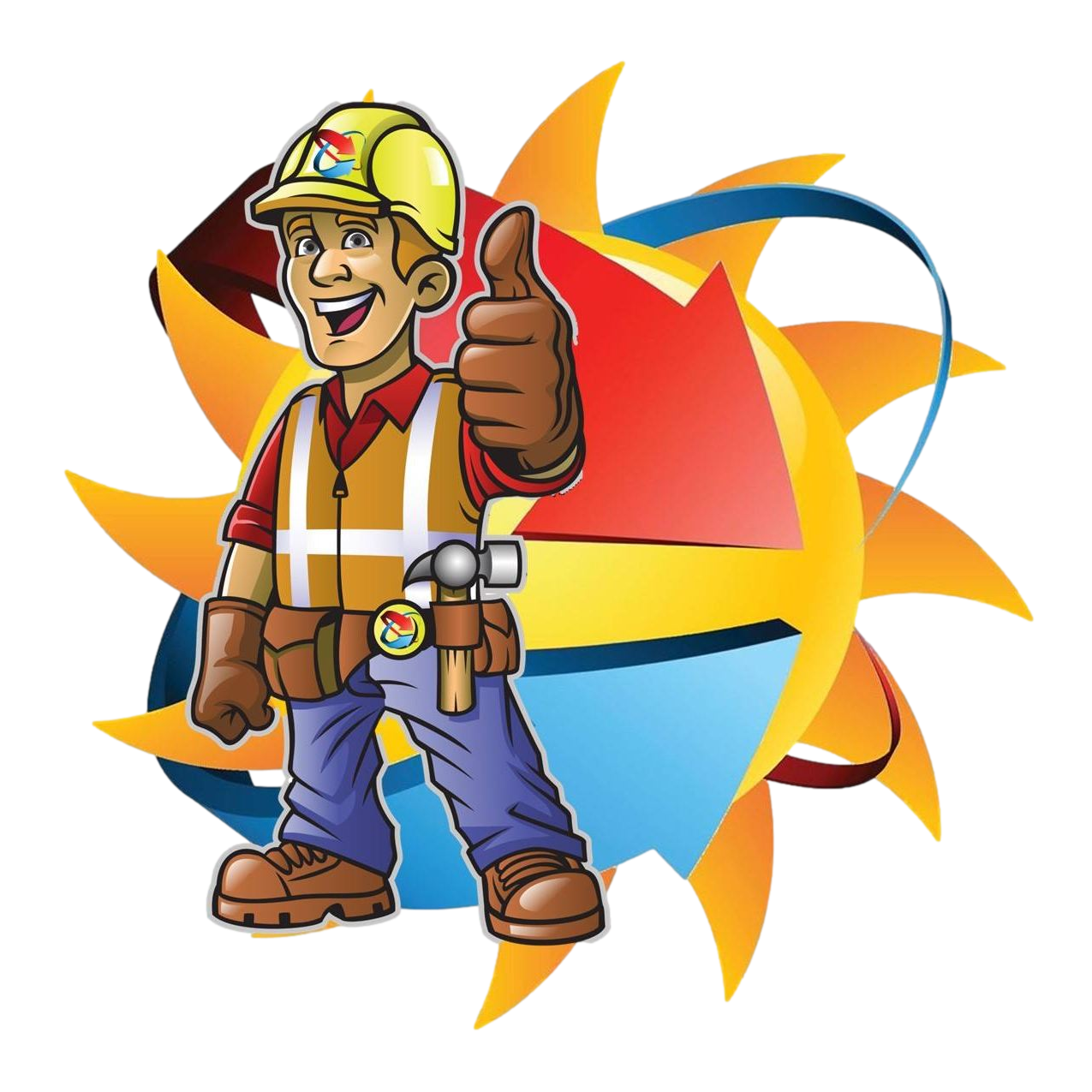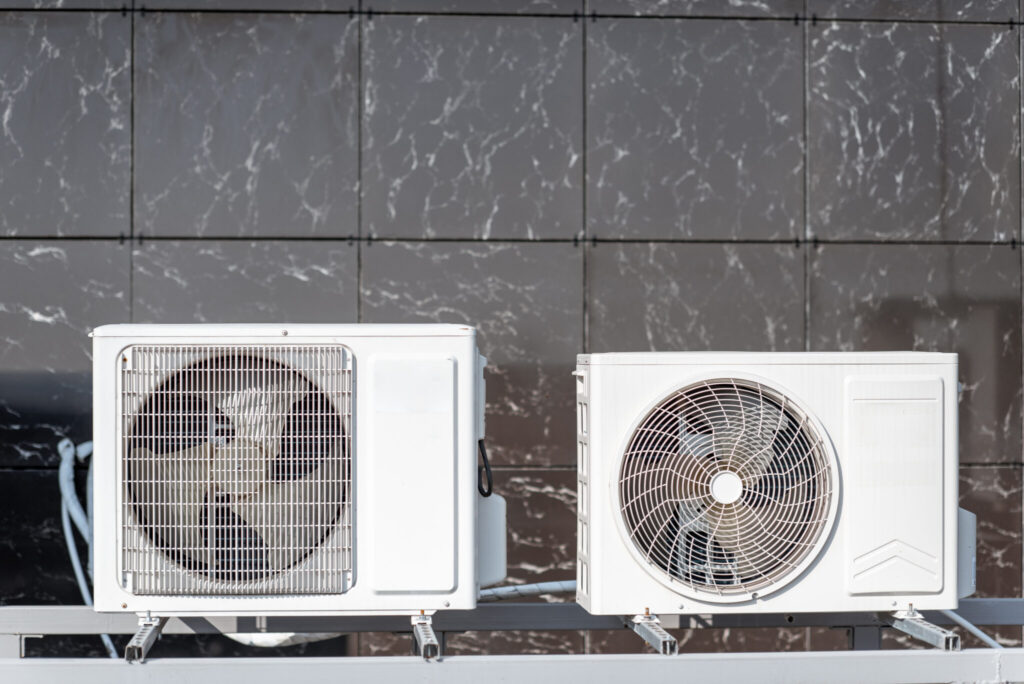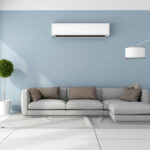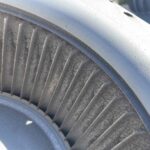Replace your filter. Maybe we don’t say it enough because it still happens. Techs head to homes for no heat or no cool calls, and the filter looks like it has never been changed, or there has never been a filter in there at all. Changing your filter on a regular basis, every 30 days at the most, is the best way to keep your system from straining. If it can’t breathe, it will need to work harder and break down your system faster.
Install a programable thermostat. A programable thermostat helps keep your home at the temperature you set it at, and it adjusts accordingly. Older manual thermostats not only fail frequently, but your air won’t always turn on and off when needed. You will have to turn it off when the correct temperature has hit. Being able to program your thermostat can also ease the strain on your system because you can change the temperature for times of the day you don’t need it to be super cool in the house. Your AC doesn’t have to work as hard to keep cooling to a low temperature when no one is home.
Minimize Heat Gain. Heat gain is heat that comes into your home from things like single-pane windows, sunlight, and using your oven. When you do what you can to avoid adding heat to your home, this helps your AC not work as hard to cool it back down. Replace your windows with energy-efficient ones, and use blinds and curtains to block out heat from the sun. Not all heat gain can be avoided, but if you can help out your AC, then give it a try. Avoiding heat gain also helps with your electric bill.




